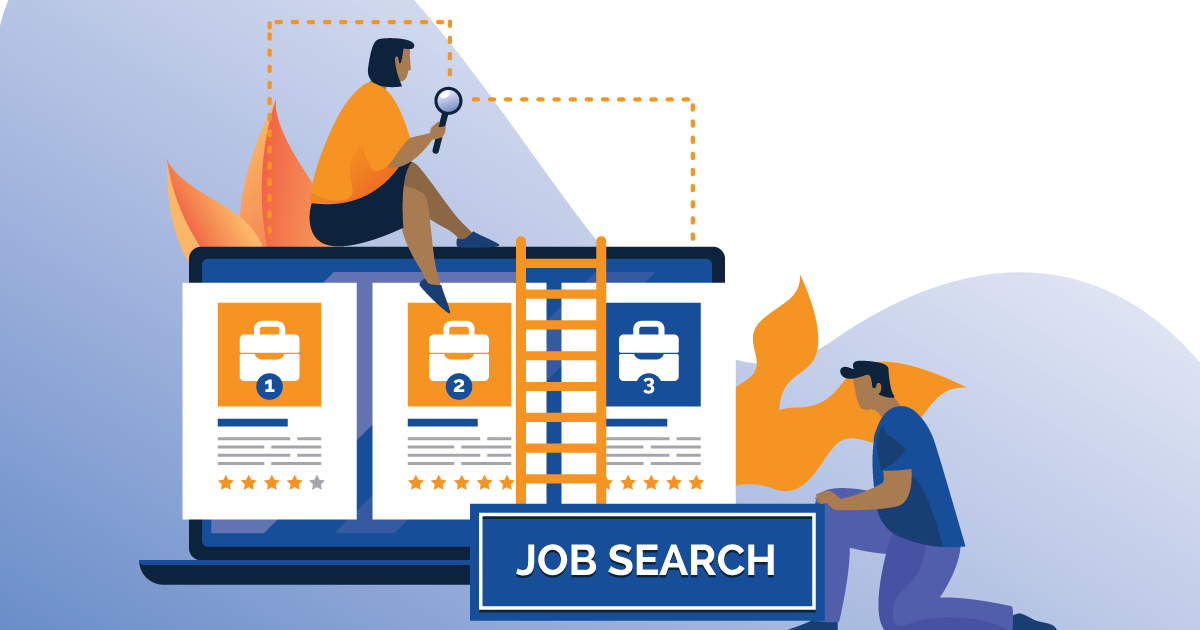Guide to Understanding aI in Recruiting: Pros And Cons

Use of AI in recruiting has moved from an innovative concept to a typical organization tool. More than one-third of companies utilize AI in their hiring process, and the pattern is predicted to expand at a 6.17% compound annual growth rate through 2030, according to SHRM. This shift transforms how business find and hire talent, from sourcing prospects and screening resumes to handling the hiring workflow.

For little and medium-sized organizations like yours, AI recruiting tools open interesting possibilities to conserve time and contend more efficiently for skill. This guide checks out the principles of artificial intelligence and recruitment, reveals the advantages and disadvantages of using AI in recruitment, and helps you understand methods to integrate AI solutions into an employing method.
What Is AI in Recruiting?
AI in recruiting is the procedure of utilizing expert system to automate and enhance various stages of the talent acquisition . Expert system use in recruitment depends on technology – such as maker learning, natural language processing, and language learning designs – to deal with recurring tasks, evaluate large amounts of information, and referall.us supply insights that support much better hiring choices.
At its core, AI is generally utilized in hiring to analyze patterns in information to:
– Help recognize promising candidates
– Predict task success
– Optimize the recruitment workflow
While these trends in HR technology can help you write better job descriptions, process countless resumes in minutes, and recognize qualified prospects based on specific criteria, there’s merely no substitute for the competence and education of human resources professionals – AI must enhance, not change, their abilities (more on that listed below).
How Is AI Being Used in Recruitment?
If you’re running a service, AI can make your working with process more efficient, from finding and examining prospects to screening and onboarding. Here’s a useful look at how business like yours can utilize AI in recruitment to construct a better process, conserving time and resources.
AI and recruitment innovation have actually considerably improved candidate sourcing and screening. Finding the best prospects is a huge challenge – bring in and hiring skill was a top obstacle for 57% of business leaders, according to our 2025 Priorities for Business Leaders study.
AI sourcing and screening tools can browse through resumes and professional profiles to discover potential customers who match what you’re trying to find. This frees up time for your hiring team to concentrate on examining qualified candidates who line up with your requirements.
But AI can help with assessing skill, too. AI assessment tools offer sophisticated insights without having to contract out all your recruitment efforts outright. You can access automated skills evaluations and video interview analysis to comprehend applicant qualifications better. However, it is very important to keep in mind that specific AI usage in recruiting and screening might require notice to applicants that AI is being used.

Automated scheduling, chatbots for basic prospect concerns, and AI-enhanced interview platforms might help you remain in contact with candidates even if you do not have a big HR department. Once you have actually found a candidate to hire, AI-assisted onboarding can assist create a smooth transition. You can automate aspects of deal letters and brand-new hire documents to take administrative jobs off your plate so you can direct your attention to personally welcoming your brand-new staff member and getting them up to speed quickly.
Will AI Replace Recruiters?
Let’s deal with the elephant in the space: AI recruiting innovation won’t totally change human talent experts quickly. Instead, you should aim to integrate human know-how with AI in your employing procedure. Balancing tech and touch in HR is an art – and it’s important to your success. Artificial intelligence hiring tools are exceptional for evaluating information and automating lengthy tasks. Still, they can’t change an employer’s ability to build authentic relationships or make nuanced hiring decisions that align with your company’s specific requirements and worths.
Benefits of Utilizing AI in Recruiting
Small and medium-sized businesses deal with intense competition for skill. However, the 50% of magnate who expect to include full-time staff members to their group in 2025 can tap into the advantages of using AI in recruitment to help them contend with larger companies.
Measure your success: AI recruiting tools can track performance metrics throughout your working with process, revealing you what works and what requires modification. These insights might help you refine your approach and demonstrate clear ROI to stakeholders.
Find quality prospects faster: When you discover promising skill, you should act quickly, and automating initial prospect screening and scheduling with AI helps you do that in minutes rather than days.
Reduce pricey working with errors: HR tools with AI analytics can anticipate prospect success based on abilities, experience, and task requirements. The information you obtain may assist you develop stronger groups while preventing the pricey effect of mis-hires.
Do more with your present group: Handing off time-consuming and regular tasks can release up your HR team to build relationships with prospects. AI can assist screen resumes and schedule interviews, multiplying your team’s efficiency.
Stretch your recruiting spending plan: Nearly 9 out of 10 magnate fret about financial unpredictability, making the possibility of decreased expenses and shorter working with cycles among the major advantages of AI in recruitment.
Engage top talent: With real-time information on candidate interactions and response rates at your fingertips, you can make more strategic choices. AI tools can track which engagement techniques work best to improve your technique and link with top skill.
Challenges and Risks of AI-Assisted Recruiting

It’s clear that AI recruitment features significant advantages. Still, knowing possible difficulties helps you lessen its associated threats.

Managing bias: AI tools can assist stress essential abilities without bias, however they aren’t sure-fire. The developers and users who produce, train, and include information to these systems can accidentally consist of unconscious predisposition. Regular monitoring and oversight can assist you with your compliance and assistance fair hiring practices.
Balancing prospect perceptions: Being in advance and transparent about utilizing AI-enhanced tools can give candidates useful insight into your process and might be a compliance requirement for certain functions and in particular jurisdictions.
Understanding AI’s restrictions: AI recruitment can make mistakes in prospect matching or ignore certified candidates with non-traditional career courses. Again, regular oversight can enhance your success with synthetic intelligence-supported recruitment.
Maintaining quality information: Your use of AI is only as great as the information utilized to establish and train it. Inaccurate or insufficient info can result in manipulated results and missed out on opportunities with possible prospects.
Managing Compliance Obligations: When adopting AI employing practices, your company should understand ethical implications and regulatory compliance. Clear processes for examining AI-supported choices including human-reviews can assist safeguard your organization.
Managing application: The preliminary setup and training of AI technology require some financial investment of time and resources. However, planning and a phased application approach can mitigate in advance expenses while establishing a positive return on investment.
Next Steps for Using AI-Assisted Recruiting
Success with AI-assisted recruiting begins with a clear implementation method. Identify your most lengthy recruitment jobs and locations where data insights might enhance your hiring choices. Many services discover that prospect screening automation is an excellent jumping-off point. Still, the shift to utilizing AI for working with works best with a skilled partner who understands your business requirements and can assist you through each phase.



